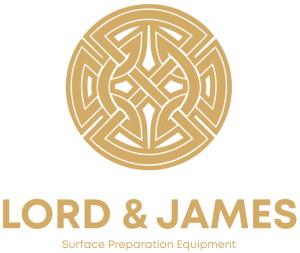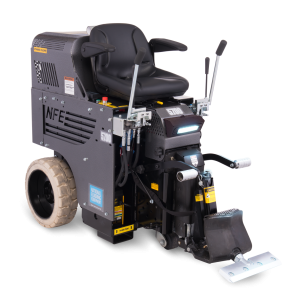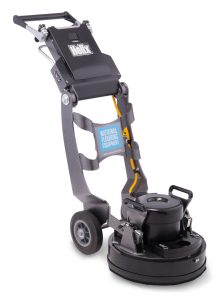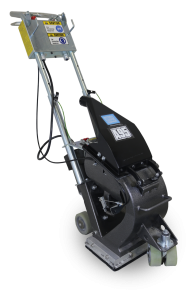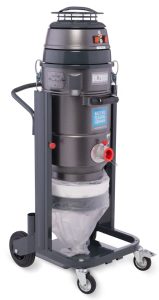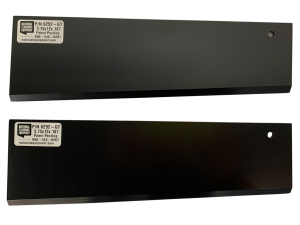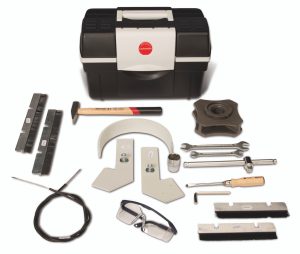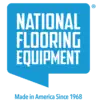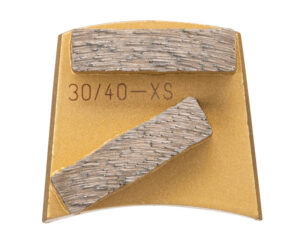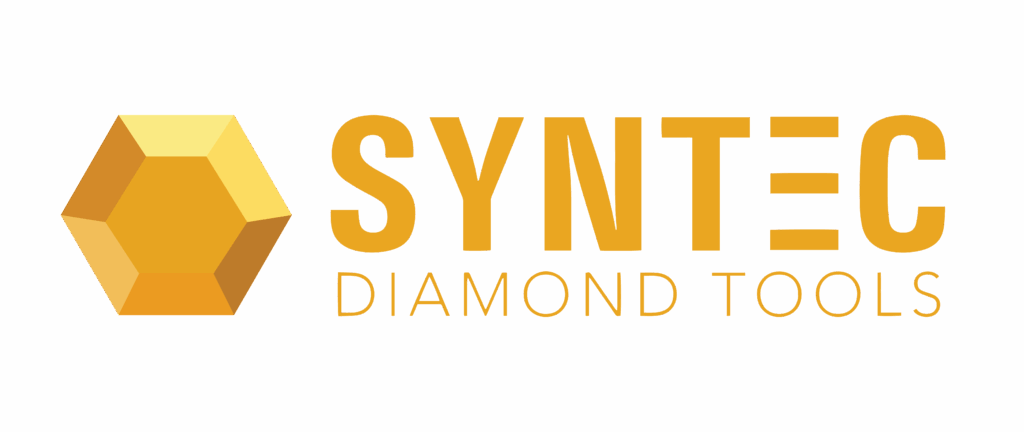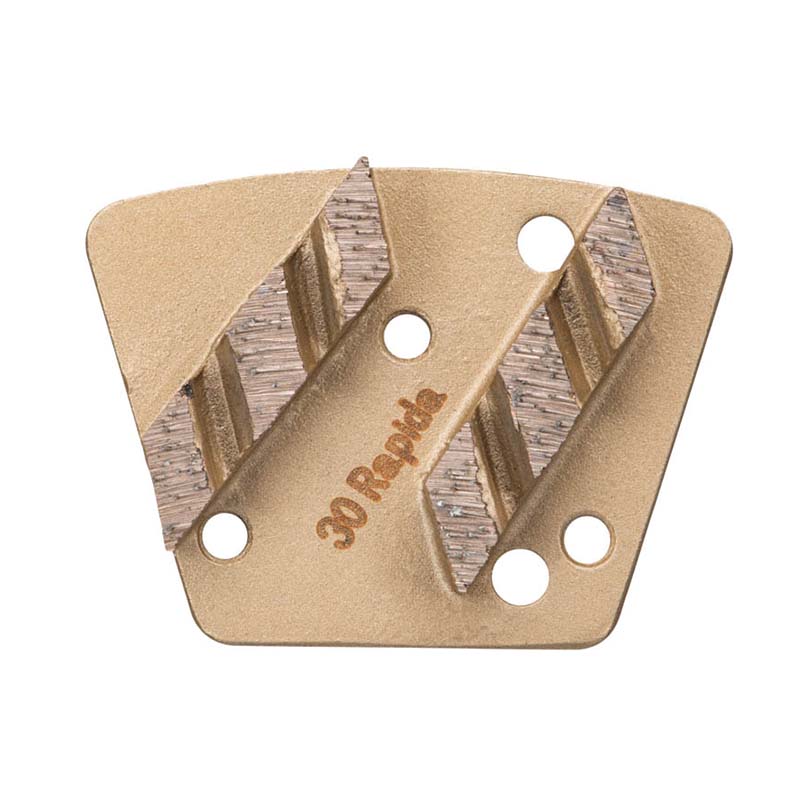Bei der großen Auswahl an Schleifwerkzeugen kann die Entscheidung für das richtige Werkzeug für Ihr Projekt überwältigend sein. Um die besten Ergebnisse zu erzielen und die Rentabilität Ihrer Investition zu maximieren, müssen Sie die richtigen Fragen stellen, bevor Sie mit dem Schleifen beginnen.
Wenn Sie bei der Auswahl von Diamantwerkzeugen sorgfältig vorgehen, sparen Sie Zeit, verringern den Verschleiß Ihrer Schleifmaschine und erzielen eine bessere Oberflächengüte. Hier sind die zu berücksichtigenden Faktoren.
Fragen, die Sie stellen sollten, bevor Sie beginnen
1. Welche Art von Schleifmaschine verwenden Sie?
Ganz gleich, ob Sie mit einer kompakten Handschleifmaschine oder einer Hochleistungs-Planetenschleifmaschine arbeiten, das Gewicht, die Drehzahl und die Konstruktion Ihrer Maschine beeinflussen, welches Werkzeug am besten funktioniert. Jede Schleifmaschine ist für bestimmte Schuhformen ausgelegt, und der durch das Maschinengewicht verursachte Kopfdruck bestimmt, wie jedes Segment funktioniert.
2. Wie umfangreich ist der Auftrag?
Die Größe des Projekts, das Gewicht der Maschine und die Härte des Betons bestimmen, wie schnell sich die Diamanten abnutzen. Bei größeren Aufträgen ist es oft sinnvoll, in Premium-Werkzeuge zu investieren, die eine gleichbleibende Leistung erbringen und länger halten.
3. Welches Finish benötigen Sie?
Wenn Sie eine hochglanzpolierte Betonoberfläche anstreben, sollten Sie aggressive Segmente vermeiden, die die Oberfläche beschädigen oder aushöhlen können. Verwenden Sie stattdessen Diamanten mit feinerer Körnung und Werkzeuge, die Kratzmuster reduzieren.
4. Wie hart ist der Beton?
Die Härte des Betons spielt bei der Auswahl der Werkzeuge eine wichtige Rolle. Die allgemeine Regel lautet:
- Harter Beton = weiches Bindemittel
- Weicher Beton = hart gebundene Werkzeuge
Sie wissen nicht, wie Sie die Härte prüfen können? Es gibt einfache Kratztests und Videos, die helfen können.
5. Wurde ein Aushärtungsmittel verwendet?
Wenn die Platte mit Aushärtungsmitteln behandelt wurde, benötigen Sie ein Werkzeug, das die Oberfläche effektiv öffnen kann. Segmente mit mehr Biss, wie z. B. V-Segmente oder Rapida-Segmente, eignen sich gut zum Durchbrechen dichter Kappen.
6. Gibt es eine Beschichtung auf der Platte?
Es ist nicht immer offensichtlich, mit welcher Art von Beschichtung man es zu tun hat, bis die Entfernung beginnt. Mit einer Auswahl an Abtragswerkzeugen wie PKDs oder pfeilförmigen Segmenten können Sie vor Ort testen und anpassen.
7. Was ist am wichtigsten: Geschwindigkeit, Ausführung oder Kosten?
Es gibt keine einzig richtige Antwort. Aggressive Werkzeuge sorgen für mehr Geschwindigkeit, feinere Segmente für ein besseres Finish, und budgetfreundliche Werkzeuge können die Kosten niedrig halten. Wählen Sie das für Ihr Projekt passende Gleichgewicht.
Bringen Sie immer Optionen mit
Wenn Sie nur einen Typ von Diamantwerkzeugen verwenden, ist Ihre Flexibilität eingeschränkt. Wenn Sie sich die obigen Fragen gestellt haben, haben Sie eine gute Vorstellung davon, was Sie brauchen - aber die Bedingungen können sich ändern. Wenn Sie eine Auswahl an Segmentformen und Bindungstypen mitbringen, sind Sie auf alles vorbereitet, was auf der Baustelle auf Sie zukommt.
Mehr erfahren
Sie sind sich nicht sicher, welches Werkzeug das richtige für Ihre Schleifmaschine ist? Unsere Experten helfen Ihnen, die Werkzeuge auf Ihre Maschine, die Auftragsgröße und die Oberflächenanforderungen abzustimmen, damit Sie jedes Mal die besten Ergebnisse erzielen.
